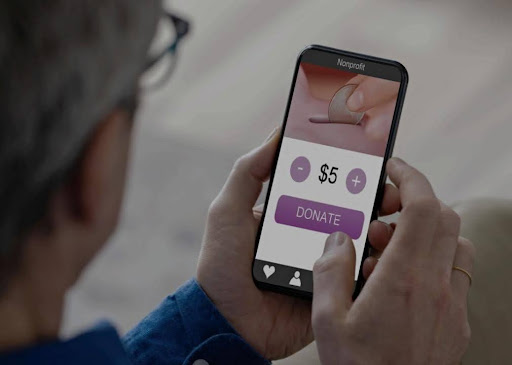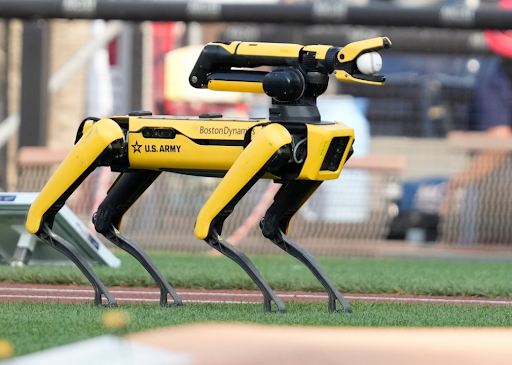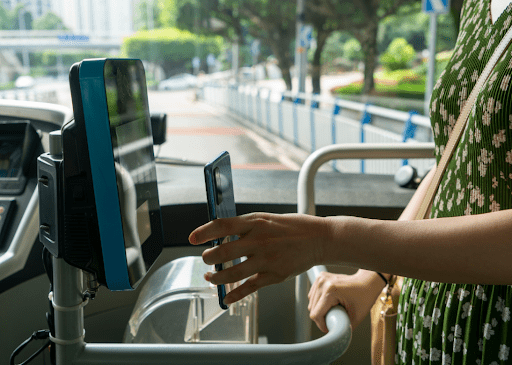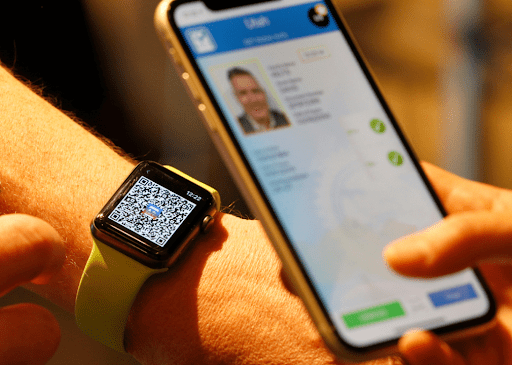There have been seismic shifts in how people shop. Customers seek even more convenience, faster transactions, and a personalized shopping experience.
However, data shows that retailers are struggling to meet these consumer needs. According to a 2024 IBM study, only 9% of consumers reported being satisfied with their in-store shopping experiences, while just 14% expressed satisfaction with online shopping.
This is where artificial intelligence has begun to fill the gap. Retailers are rapidly turning to AI-driven technologies to enhance the shopping experience and address these key pain points. In fact, 59% of consumers have shown interest in using AI applications while shopping, while 80% admitted they haven’t yet tried AI-powered shopping tools but are eager to explore them, according to the IBM survey.
As a result, companies are heavily investing in artificial intelligence, robotics, and interactive technologies to bridge these gaps. With AI-powered self-checkout systems that reduce wait times, QR Codes that provide instant product information, and virtual assistants that streamline customer service, retailers are reshaping how people shop, buy, and sell.
With AI adoption within the retail landscape accelerating, Uniqode analyzed industry reports and news articles to explore the latest advancements in shopping technology and what consumers may start encountering as they shop in the future.
Delivery robots
Autonomous delivery robots are gaining momentum in major cities like Chicago and Los Angeles as restaurants and retailers look to improve efficiency, cut costs, and meet rising demand for faster, more reliable deliveries.. These robots use advanced navigation systems, cameras, and sensors to safely transport orders from businesses to customers, reducing reliance on human couriers.
In Los Angeles, fast-casual burger chain Shake Shack partnered with Serve Robotics and Uber Eats to offer robot deliveries at select locations. These robots navigate sidewalks using advanced mapping technology to deliver food directly to customers without human involvement.
Globally, in places such as Chicago, Miami, Los Angeles, and Helsinki, Coco delivery robots are helping businesses fulfill local orders using small, wheeled robots that travel on sidewalks. Unlike traditional bike or car deliveries, these robots bypass traffic, lower delivery costs, and improve order fulfillment efficiency. Coco uses QR Codes displayed on the outside of each robot to help businesses accurately fulfill orders.
Coco robots are used in collaboration with companies such as DoorDash, Uber Eats, and OpenAI.
Beyond food delivery, Vayu Robotics has developed an on-road, AI-powered delivery robot designed to operate without expensive lidar sensors, a technology that uses pulses of laser light typically used in drones for aerial and 3D mapping.
Instead, it uses a more affordable vision-based system to transport goods, making last-mile logistics more scalable and accessible for retailers and e-commerce brands.
Drone deliveries
Drones are helping to reduce delivery issues in urban and rural areas, such as traffic congestion, long wait times, and infrastructure limitations. Equipped with advanced navigation systems and AI-powered flight controls, drones can transport goods quickly and efficiently. PwC projected drones will complete about 14,000 deliveries per day, adding up to nearly five million B2C deliveries globally in 2024.
One of the leading players in this space, Zipline, has already completed over 1.4 million deliveries and is rapidly expanding its operations across Africa and the United States. Zipline’s drones use precision airdrop technology to deliver medical supplies, groceries, and retail goods to hard-to-reach locations. This is particularly valuable for health care providers and logistics companies looking to serve remote or underserved communities.
Big-box retailers such as Walmart are expanding their drone delivery networks to offer faster and, in some cases, same-day delivery. Dallas has become a key testing ground city for Walmart’s aerial delivery program, where the retailer has partnered with Wing, Alphabet’s drone delivery subsidiary, to offer same-day deliveries for select products. The drones can deliver small orders, such as groceries, household essentials, and pharmacy items, in as little as 30 minutes, reducing wait times for customers. QR Codes on the ground assist in landing the Wing drones back at home base.
AI-driven shopping
Artificial intelligence is redefining how consumers shop by enabling frictionless checkout, personalized shopping experiences, and smarter inventory management.
Amazon’s Just Walk Out technology uses AI-powered sensors and machine learning to allow shoppers to grab and go without checking out at a register. Purchases are automatically charged to shoppers’ accounts. The technology has been used at Amazon Fresh and Amazon Go stores across the United States, with plans for broader adoption in high-traffic convenience stores and concession areas.
Blockchain platform Pundi X launched PundiPay for merchants. In this system, retailers can generate and display a QR Code that allows customers to pay with crypto on their devices.
With more consumers interested in using AI technology in their retail experience for convenience, many retailers have begun integrating AI-driven technologies to boost customer satisfaction. This includes AI-powered product recommendations, automated restocking, and smarter inventory management.
Spatial computing
Spatial computing merges digital and physical retail spaces to create interactive shopping environments. AI technology leverages augmented reality to provide shoppers with advanced features such as virtual try-ons, AI-powered store navigation, and personalized digital displays that respond to real-time customer behavior.
Millions of Olympic enthusiasts got to experience one such concept at the 2024 Paris Olympics with retail giant Alibaba’s Wonder Avenue pop-up, a 289-foot-long showcase of shopping technology that blends physical and digital experiences. Shoppers went through different areas in the showcase where they could create personal avatars, digitally “try on” products via their avatars to imagine their perfect looks, and even pick out cosmetics and fragrances based on tailored recommendations from a smart assistant.
Other spatial computing applications include AI-powered navigation systems that help customers find store products quickly by providing real-time directions within large retail spaces, such as malls. Interactive digital displays facilitated by QR Codes on products or in catalogs can also help customers design a product they will eventually purchase, such as how Ikea used AR apps to help buyers imagine what furniture and decor will look like in their homes.
These AI-driven technologies are reshaping how customers interact with physical retail environments, blending digital convenience with in-store experiences. As retailers expand their digital ecosystems to include AI, robotics, and IoT-powered shopping experiences, the security of these interconnected platforms becomes critical. Cloud-Native Application Protection Platforms (CNAPP) offer end-to-end security by integrating threat detection, compliance monitoring, and runtime protection across cloud environments, ensuring that innovative retail technologies remain both cutting-edge and secure.
As retailers continue to invest in AI, robotics, and immersive technologies, the lines between physical and digital shopping will only blur further. From sidewalk robots to aerial drones, personalized AI tools to spatial computing experiences, the retail journey is becoming faster, smarter, and more engaging.
In 2025 and beyond, staying ahead means not just keeping up with innovation but reimagining how technology can meet rising consumer expectations at every touchpoint.
Additional research by Emma Rubin and Alizah Salario. Story editing by Carren Jao. Additional editing by Elisa Huang. Copy editing by Kristen Wegrzyn. Photo selection by Lacy Kerrick.

















